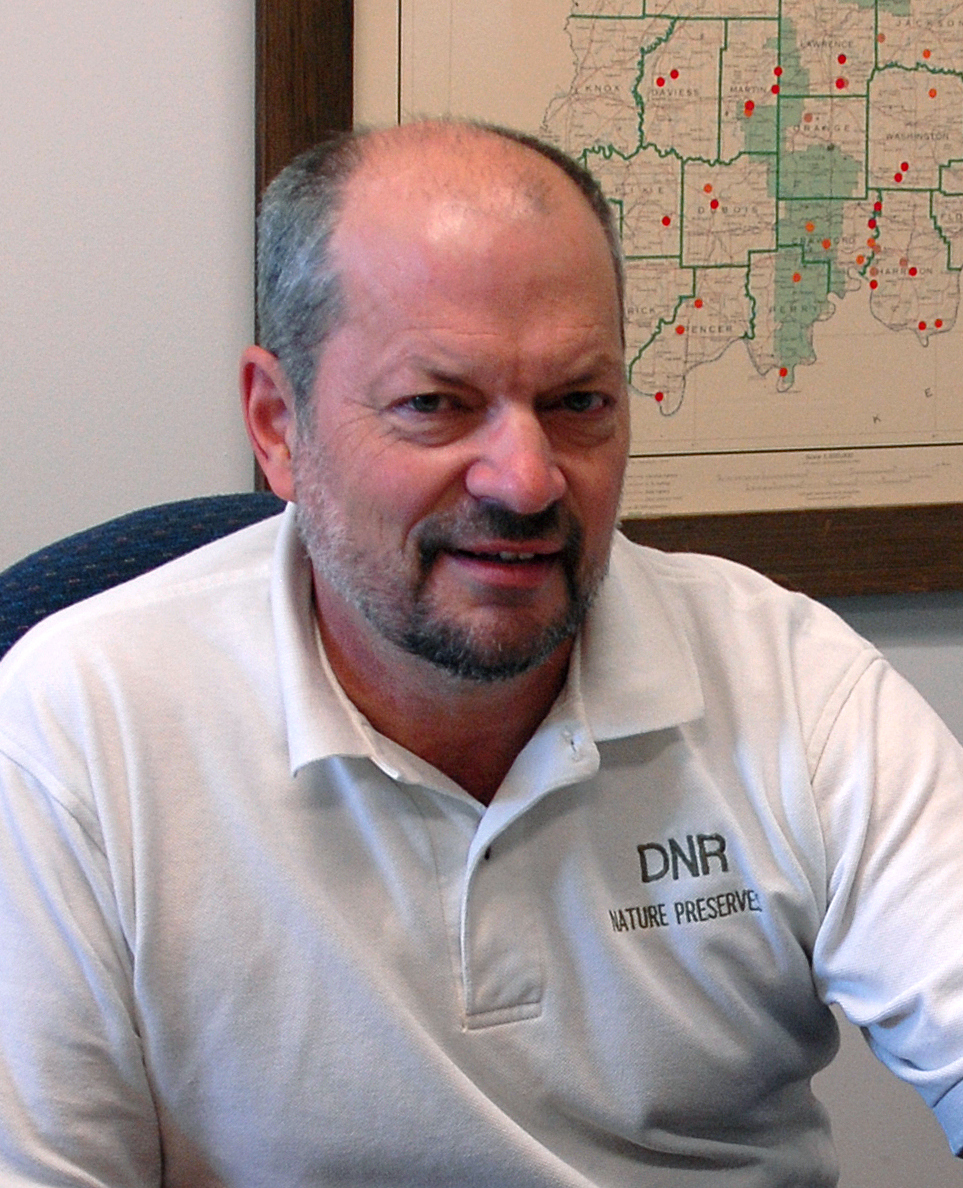First of a series by board member John Bacone
Note: A version of this series appeared in the Indiana Parks Alliance newsletter and the Indiana Native Plant Society Journal.
A major conservation milestone was reached this past October. The Natural Resources Commission dedicated Toothwort Woods as Indiana’s 300th nature preserve.
Toothwort Woods is located within Crosley Fish and Wildlife Area, in Jennings County. The new nature preserve contains all four of the toothwort species known to Indiana, within a scenic forested ravine complex along the Vernon Fork of the Muscatatuck River. High-quality examples of the Bluegrass mesic and dry-mesic upland forest natural communities comprise most of the nature preserve.
What led to this milestone? When the Nature Preserves Act was passed by the Legislature in 1967, the Division of Nature Preserves (DNP) was established within the Indiana Department of Natural Resources. From its first days, DNP worked with The Nature Conservancy (TNC) and ACRES Land Trust (the only land trust in Indiana at the time), along with conservationists and academics, to find Indiana’s remaining natural areas, and then to protect and manage them.
Dr. Alton Lindsey’s book Natural Areas in Indiana and Their Preservation was the first starting point for these efforts. Former state botanist Mike Homoya and his colleagues developed a map of the state’s natural regions that still helps guide the work.
Over the 55-plus years since the Nature Preserves Act was passed, DNP has worked with many partners to find Indiana’s remaining natural areas, conducting county-by-county inventories. Indiana’s nature preserves are owned by 47 different entities. These owners include five divisions within the Department of Natural Resources, five colleges and universities, 26 city/county park boards, and 12 land trusts.
The fact that there are 300 nature preserves encompassing over 55,000 acres is significant on its own. However, the real conservation significance is what has been protected within the nature preserve system.
The goal of the Division of Nature Preserves has been to have at least one example of every one of Indiana’s natural communities protected within a nature preserve. Ninety-two natural communities are found in Indiana. The natural communities include the variety of types of forests, prairies, wetlands, savannas, barrens, glades, cliffs, and caves found across Indiana.
To date, 91 of Indiana’s natural communities are included within the nature preserve system. The remaining unprotected natural community, sinkhole swamp and pond, was recently acquired by the Sam Shine Foundation. It will soon be dedicated as a nature preserve.

Indiana’s rarest flora and fauna have also been a target for inclusion in the nature preserve system.
In Indiana, 251 plant species are classified as endangered (five or fewer populations). Of these, 194 occur within a nature preserve. Indiana also has 184 plants considered threatened or special concern (25 or fewer populations), and of these, 166 occur within a dedicated nature preserve.
The Natural Heritage Data Center, housed within the Division of Nature Preserves, reports that Indiana’s dedicated nature preserves contain 479 populations of endangered plants and 898 populations of threatened or special-concern plant species.
There are similar statistics for Indiana’s rarest vertebrate species. For example, 12 of 15 endangered reptiles and four of six endangered amphibians are found within a dedicated nature preserve.
Truly, a legacy worth preserving.
Next up: Explore Indiana’s largest nature preserves and examples of our state’s glacial history.

John Bacone
Secretary